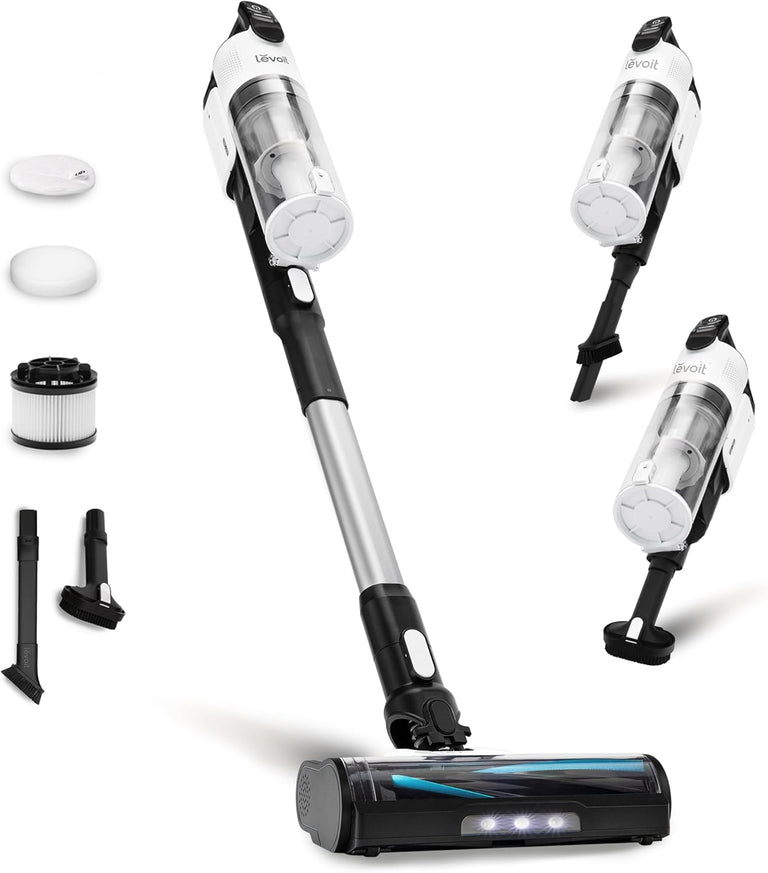
Preparing for Wildfire Season: What You Need to Know in 2025
-
1 min read
TL;DR Summary: Wildfire season in 2025 is expected to be intense due to early dry conditions, drought, and climate change. Regions like California, the Southwest, and parts of the Rockies face elevated risk. Learn how to prepare your home, stay informed, and protect your family with defensible space, evacuation plans, and alert systems. Staying proactive is key to staying safe.
As summer approaches, communities across the U.S. are bracing for a potentially intense wildfire season. While this can be a stressful time for many people, staying informed and prepared can make all the difference.
Table of contents
Increased Wildfire Activity: 2025 Outlook
Wildfire seasons have always been a part of life in the western U.S., but in recent years the frequency and intensity of fires have been climbing. This year is shaping up to follow that trend, with multiple signs pointing to an active season.
In California, fire agencies are already responding to more fire activity than is typical for this point of the year. Factors such as a reduced snowpack, warm spring temperatures, and dry vegetation accelerate the timeline. Fire officials have noted that in places like Southern California, grass and brush are already dry enough to support fast-spreading fires—weeks earlier than usual.
Elsewhere across the western U.S., states like Arizona, New Mexico, and parts of Texas are experiencing unusually dry conditions. The Southwest has prolonged periods without rainfall, along with elevated temperatures and gusty winds. These conditions, often referred to as “fire weather,” create an environment ripe for a brush fire to ignite and spread.
Adding to these concerns is the increasing number of what fire experts call “holdover fires,” where smoldering roots or underground heat from earlier burns can reignite during warm, windy conditions. This trend underscores how quickly seemingly dormant landscapes can flare up again.
Climate Change and Fire Risk: A Worsening Cycle
While individual wildfires are driven by local weather and fuel conditions, the broader pattern of escalating fire risk is closely tied to climate change. Rising global temperatures are creating longer fire seasons, drying out vegetation, and increasing the volatility of fire behavior.
In California and across the western U.S., the snowpack is melting earlier in the season, which means less water flowing into rivers and reservoirs during the peak summer months. Without that moisture, trees, shrubs, and grasses dry out faster, becoming highly flammable fuels. The shift also means that the traditional start of fire season is coming earlier in the calendar year.
Additionally, the frequency of extreme weather events, like heatwaves and lightning storms, has been increasing. These events often coincide with dry landscapes, creating a perfect storm for fire outbreaks. For instance, dry lightning—storms that produce lightning with little to no rainfall—have been responsible for some of the most destructive fires in recent memory.
There’s also the matter of post-fire recovery. Ecosystems that once had time to regenerate between occasional fires are now struggling to recover before the next burn. Invasive grasses and shrubs often take the place of native plants, creating more flammable ground cover and making future fires more likely and harder to contain.
It’s a continuous loop. More heat leads to more fires, and more fires contribute to atmospheric pollution and carbon emissions, which further drive climate change. Breaking this cycle will take coordinated policy changes, land management, community engagement, and individual preparedness.
Regional Outlooks: What Different Areas Can Expect
California
The Golden State is again a major focus this fire season. Though recent years have seen some reprieve due to wetter winters, 2025 began with a dry start. Experts say the risk is highest in the southern and inland parts of the state, where vegetation is already parched. Northern California may benefit somewhat from higher elevation snowpack, but late-season warming could quickly erase that advantage.
Smaller, fast-moving grass fires are likely to be a more common trend early in the season, particularly in the Central Valley and foothill areas. Later in the summer, attention will turn to forested regions, where higher winds and accumulated dry fuel may pose a greater threat.
The Pacific Northwest
Washington and Oregon have experienced varied weather in 2025 so far, with some regions receiving more rainfall than usual. However, officials caution that one wet spring does not guarantee a mild fire season. If temperatures rise rapidly in the summer, the region could still see significant wildfire activity, especially east of the Cascades.
The Southwest
Arizona, New Mexico, and parts of Utah and Colorado are already dealing with drought conditions, and fire weather is becoming more prevalent. Gusty winds, combined with lightning storms and dry vegetation, mean that even a small spark could grow rapidly. The region is also vulnerable to wildfires sparked by human activity such as campfires, power tools, or vehicle exhaust.
The Rocky Mountains
Mountainous areas often see a later fire season due to a lingering snowpack. However, this year’s snow levels are patchy, and a hot June or July could dry out high-altitude forests quickly. Wildfires in these regions can be particularly dangerous due to steep terrain and remote access, which complicates firefighting efforts.
The Central U.S. and Great Plains
While not traditionally thought of as wildfire-prone, the central states have seen a rise in grassland fires in recent years. High winds and dry prairie grasses can cause fires to spread rapidly over large areas. States like Kansas, Oklahoma, and Nebraska are all watching conditions closely this year.
Staying Safe and Informed
Although the outlook may sound concerning, there are plenty of ways to stay ahead of wildfire risks. Local and state fire agencies are better equipped than ever with new tools, including satellite monitoring, predictive modeling, and public alert systems.
If you live in or near a fire-prone area, here are a few ways to stay prepared:
Create Defensible Space: Clear brush, dead leaves, and other flammable materials from around your home. Trim trees and shrubs to reduce the spread of flames.
Have an Emergency Plan: Know your evacuation routes and have a go-bag with essentials ready during peak fire season.
Sign Up for Alerts: Many local governments offer emergency text or email alerts. These provide real-time updates about fire activity and evacuation orders.
Practice Fire Safety: Avoid open flames during fire weather warnings, and follow local burn restrictions. Report any suspicious smoke or activity to authorities.
Preparedness is Peace of Mind
Whether you live in the heart of fire country or plan to travel through wildfire-prone regions this summer, taking a few simple precautions can go a long way in keeping you and your community safe.
Why is the 2025 wildfire season expected to be worse?
Reduced snowpack, rising temperatures, and dry vegetation—especially in the West and Southwest—are contributing to earlier and more intense fires.
What regions are most at risk for wildfires in 2025?
California, the Pacific Northwest, the Southwest (AZ, NM, TX), the Rockies, and even the Central U.S. are seeing increased fire risk this year.
How can I prepare my home for wildfire season?
Create defensible space, trim vegetation, remove debris, and have a go-bag and evacuation plan ready.
What are “holdover fires”?
These are fires that reignite from smoldering roots or underground heat after a previous burn, often during warm, windy conditions.
How does climate change affect wildfires?
Climate change extends fire seasons, increases dry fuel, and intensifies fire behavior due to higher temperatures and more extreme weather.
The information provided here is for informational and educational purposes only and should not be used in medical emergencies or for diagnosing or treating any medical condition. It's crucial to consult a licensed medical professional for diagnosis and treatment. External links are for informational purposes and do not constitute endorsements. No warranty of any kind, either expressed or implied, is made as to the products and/or the accuracy, reliability, timeliness, or correctness of the information provided herein.
Featured Products
-
-
Sold OutRegular price $159.99Unit price perRegular price
$189.99$159.99- Smart
- Large rooms
-
- Small rooms
-
- Medium rooms















